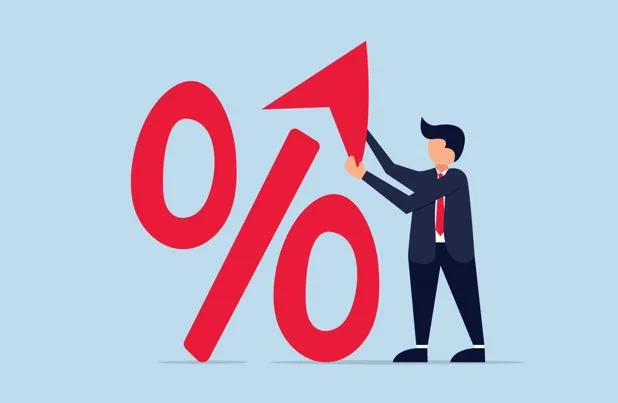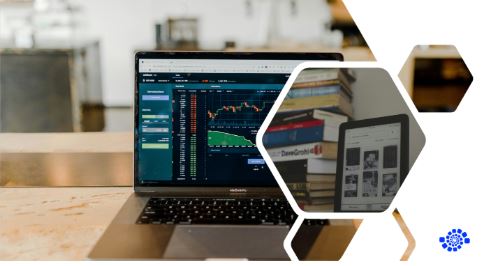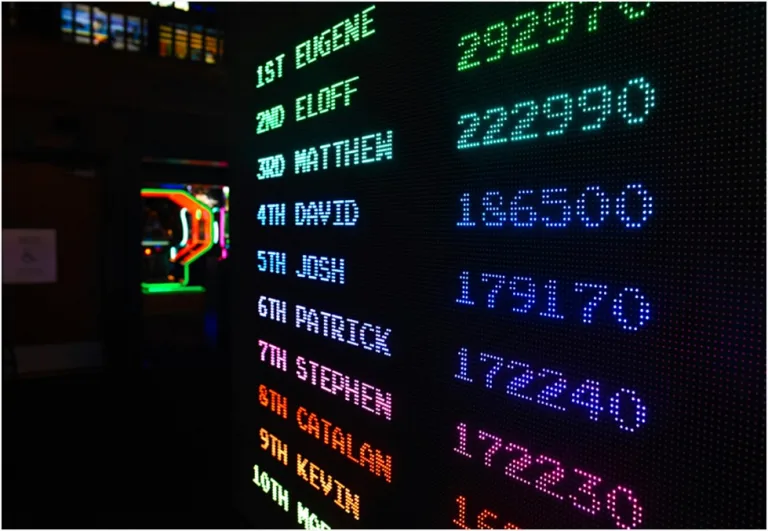How RD Rates Fluctuate Based on RBI Policy Changes
Did you know that in April 2025, the RBI cut its repo rate by 25 basis points to 6.25 %? That single move ripples into the interest you earn on your RD. You might have seen your returns dip slightly and wondered why. This blog explains clearly how the recurring deposits and RBI policies connect. You will learn how central bank decisions shape your everyday savings. We explore why rates rise or fall, what triggers the change, and how you can make smarter choices. Think of it as a friendly chat about money that helps you understand why those digits in your passbook shift. Read on!
RBI Policy and Recurring Deposit Rates: What Is the Link?
The Reserve Bank of India sets key interest rates. The main ones are repo and reverse repo. When the RBI adjusts these, banks respond by changing rates on loans and deposits. Recurring deposit interest is part of deposits, so it gets adjusted too.
Banks follow the RBI’s lead. If the RBI lowers rates:
- Fixed and recurring deposit rates drop soon after
- New RD schemes offer less interest.
- Existing RD interest remains, but new deposits earn less.
If the RBI raises rates:
- Banks compete to offer better RD
- Savers get more interest on new RDs.
- It becomes more attractive to lock in savings.
Points for clarity:
- Repo rate: the rate at which banks borrow from the RBI
- Reverse repo: rate at which the RBI borrows from banks
- Changes in these ripple through bank lending and deposit rates
Why the RBI Adjusts Rates
RBI changes policy rates to manage inflation and growth. When prices surge, the RBI hikes rates to cool spending. That makes loans costlier and savings more rewarding. On the flip side, when growth slows, the RBI may cut rates to encourage spending and investment.
Key reasons:
- Inflation control: High inflation leads to rate hikes
- Growth stimulus: Weak economy leads to rate cuts
- Global pressures: RBI reacts to global interest rates and currency moves
Every RBI move has a purpose. If inflation is above its 4 % target, the RBI is likely to increase rates. If GDP slows or global shocks hit, the RBI may cut rates.
Outcome for RD:
- Rate hikes signalled by the RBI often lead banks to raise RD rates
- Rate cuts make banks reduce RD rates to align with lower borrowing costs.
How Fast Do RD Rates Change?
Once the RBI moves, banks act fast. Here is how the timeline plays out:
- RBI announces policy change on bi-monthly Monetary Policy Committee meeting.
- Within a week, banks publish revised interest rate charts.
- New Recurring deposit products reflect updated rates.
Strategies for Savers
Understanding RD rate changes helps you plan. Here are smart tips:
- Lock when rates peak: If the RBI hints at future cuts, open RD now to secure a high rate.
- Stagger deposits: Spread out RD start dates so not all deposits renew at low rates.
- Shop around: Some banks adjust more slowly, so comparison can snag better rates.
- Watch RBI signals: RBI minutes or press releases often hint at future policy moves
RBI Action vs RD Impact
Here is a quick comparison for clarity:
| RBI Policy Move | RD Rate Impact | Saver Action |
| Repo rate hike | RD rates go up | Open a new RD now |
| Repo rate cut | RD rates go down | Delay renewals |
| Hold rates steady | No immediate RD change | Hold the existing RD or open a new one |
Monitoring RBI Policy: What to Watch
Keeping an eye on the RBI helps you stay ahead:
- Visit the RBI website for Monetary Policy Committee (MPC) decisions.
- Follow credible financial news sources daily.
- Subscribe to banking newsletters or alerts.
What to focus on:
- Rate change: note the exact basis points moved
- Forward guidance: The RBI often indicates future direction
- Inflation trends: Compare the RBI inflation forecast with the actual CPI
- Global context: US Fed actions can influence RBI policy
Conclusion
We hope you are now clear on how Recurring Deposit rates shift with RBI policy changes. Tracking RBI announcements keeps you ahead when locking in new RD rates. With this knowledge, you can secure healthier returns and make informed decisions. Keep monitoring policy updates and bank rate charts. Your RD savings deserve smart handling. Here is to a smarter saving with sharper timing!





